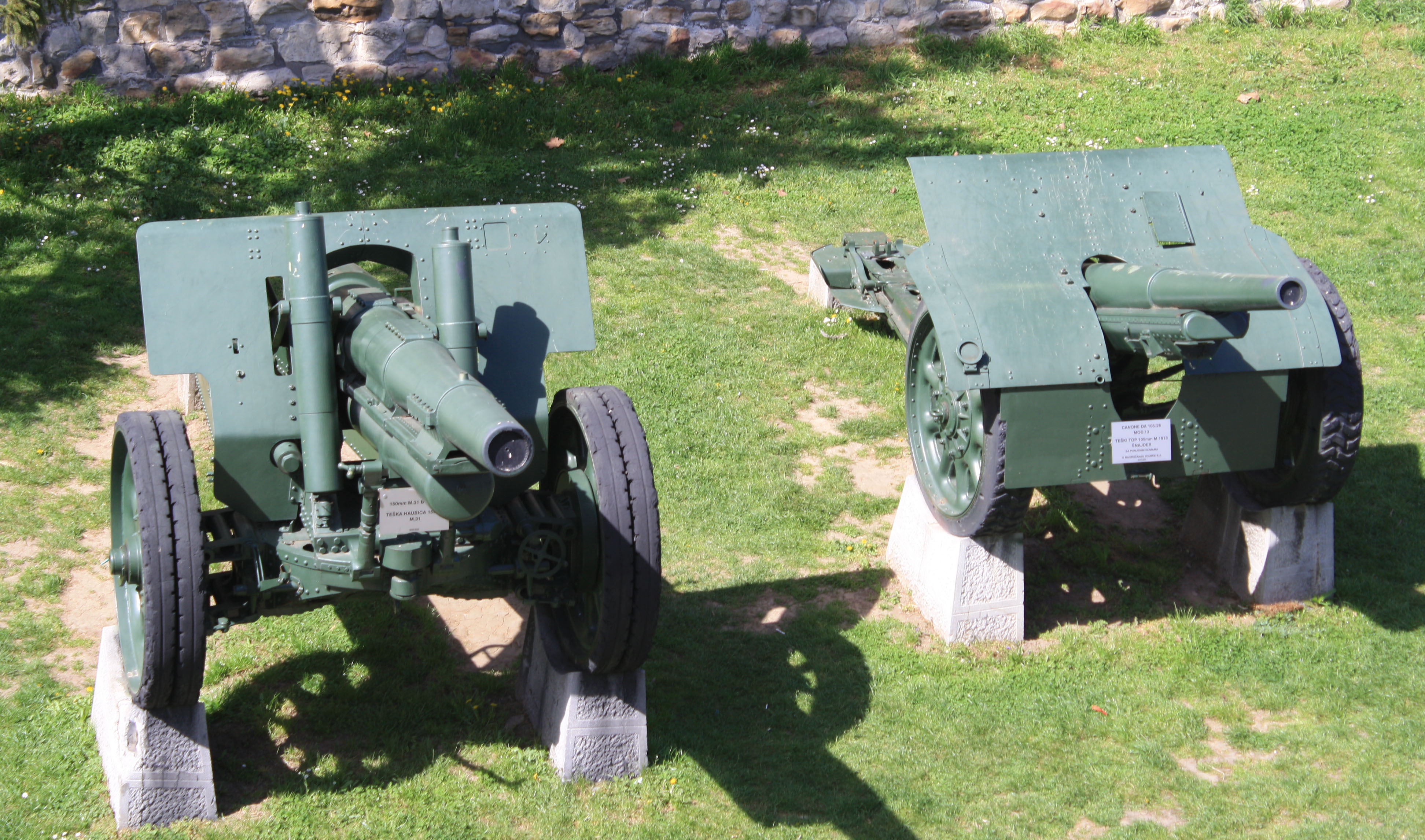Some more of my Headcanon Artillery and Vehicle concepts.
An ex-Confederate Army M1936 Anti-Barrel Gun at the National Museum of the Second Great War, circa 1995. The 47mm M1936 was the primary anti-barrel artillery piece of the early stages of the 2nd Great War with a total of 5,032 guns produced. The weapon would also be exported to Mexico, Venezuela, Peru, Argentina, Portugal, Paraguay, Columbia, Spain, Greece, Persia, and Australia.

Two Union soldiers inspecting a knocked out T-3 Barrel-Buster in Southern Indiana, circa 1942. The T-3 was a barrel-busting variant of the T-1 light tank, armed with the 47mm M1936 AB gun. Total of 52 T-1 hulls were converted to this pattern from 1937 to early 1939 and were attached to Confederate Infantry Divisions. During the opening days of the conflict, these vehicles proved themselves effective against Union barrels such as the Mark 2 "Custer" and Mark 3 "Pulaski". As the war progressed, the armor on Union vehicles got stronger, and thus, the T-3 increasingly proved useless and the survivors were re-delegated to the training role in November of 1942.

A photo of an early production T-1 Light Barrel, circa 1934. Following the First Great War, the Confederate Army was forbidden to posses to construct barrels. In the late 1920s, the Confederate Army began working on circumventing the terms of the peace treaty by designing a light barrel. The design and ultimate production vehicles would be given the designation of T-1 (T standing for Tractor) to disguise these vehicles as agricultural tractors. The armament on the T-1 was very basic being a 7.7mm Vickers Machine-Gun. Production of the vehicle would commence at the United Steel Tractor Factory at Jackson in late 1933 and would continue until May of 1935 with 316 vehicles produced. In 1937, the CSA would sell 30 of the T-1 tanks to Venezuela, 20 to Mexico, 25 to Peru, 10 to Siam, and 31 to Portugal. A further 52 of the vehicles would be converted into the T-3 Barrel-Buster, along with 40 vehicles converted into artillery tractors (with their turrets removed), 14 into artillery observation vehicles, 2 being rearmed with a modified M1917 105mm Howitzer as experiments, and 22 converted into artillery ammunition carriers. The remaining vehicles would be re-delegated into training vehicles in 1940 with a few being used in the futile defense of the Confederacy in the closing days of the 2nd Great War.

A T-2 light barrel at Fort Benning, Georgia, circa 1936. The T-2 was a follow-on to the T-1 which was first drawn up in 1932 as a T-1 variant re-armed with a 20mm Automatic Cannon. The first prototype of the new model was first tested in the Summer of 1934 and in September of that year, was ordered into production at the United Steel Plant. The production of the model would last from December of 1934 to March of 1937 with 733 vehicles produced. The early models of the T-2 were armed with a 20mm Hispano Suiza Automatic Cannon with the later models being rearmed with the 47mm M1936 Anti-Barrel gun. The Confederacy would sell 10 barrels to Peru, 15 to Siam, 15 to Portugal, and 5 to Paraguay, and 45 (20 47mm hulls and 25 of the 20mm armed hulls) to Mexico from 1936 to 1938. During the early days of the 2nd Great War, the 20mm variants would be equipped out to Infantry and Reconnaissance units while the 47mm variant would equip the armored, cavalry, and mechanized units of the Army. Additionally, the early armored forces of the Freedom Party Guards would be equipped with 20 vehicles with the 20mm gun and 15 with the 47mm gun. In February of 1943, the vehicles armed with the 47mm gun were upgraded into Barrel-Busters by being re-armed with the 65mm M1942 AB gun alongside a handful of the 20mm armed barrels. The earlier 20mm cannon variants would be upgraded throughout the course of the war and would remain in use as recon tanks until war's end.












